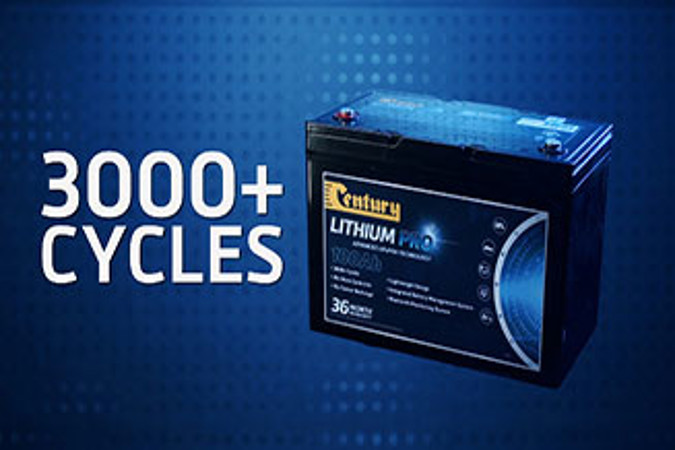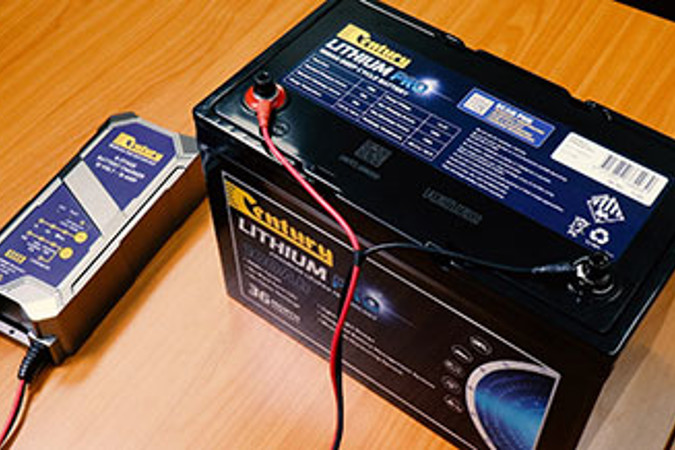Proper battery storage is crucial to maintaining performance and longevity. Whether it's a lead-acid, an AGM, or even a lithium battery, understanding the right storage conditions for each type can make a big difference.
Lead-acid batteries are commonly found in vehicles and boats
AGM or Absorbed Glass Mat batteries are typically used in Deep Cycle applications
Lithium batteries which are a more modern battery technology offering a higher energy density and longer lifespan.
General Storage Guidelines
No matter which battery type you’re dealing with, all of them must be stored in a cool, dry place away from direct sunlight. Extreme temperatures can have a significant impact on battery life and performance – and ideally they should be stored within a 10 - 25°C temperature range (50°F to 77°F). The storage area should also be well-ventilated to prevent the buildup of any potentially harmful gases, and then on top of this there are a few additional considerations depending on the battery type.
Lead-Acid
For lead-acid batteries, it's essential to store them fully charged. Lead-acid batteries gradually lose their charge over time – known as self discharge – so make sure to check their charge level every few months. As a reference, if your lead-acid battery falls below 12.5V it should be recharged as soon as possible to avoid any long-term damage. If you don’t have a voltmeter to check the voltage, you can also use the ‘state of charge indicator’ built into the top of the battery to determine whether it needs to be recharged. For batteries being stored for extended periods of time, consider using a battery maintainer to keep the battery at an optimal charge level. This is particularly important if the battery is installed in a vehicle which is rarely driven – as parasitic drain from the vehicle over time could potentially increase the speed at which the battery loses charge.
AGM
AGM batteries, while more resilient, still require proper care. Like lead-acid batteries, they should be stored fully charged. If you’ve got an AGM battery in a caravan or boat which is not used over the winter months, consider removing the battery and store it indoors if possible. From there, make sure you check the charge every few months and top up as needed. A battery maintainer or trickle charger could also be useful in this situation.
Lithium
Lithium batteries have slightly different storage needs. Instead of keeping them fully charged like you would with lead-acid or AGM batteries, Lithium batteries should be stored at between 40 – 60% state of charge. Storing a fully charged or fully discharged lithium battery will accelerate the degradation it is exposed to over time. You should also check the battery every 6 months to determine if charging is required.
But just like lead-acid and AGM, if you’re not going to be using the battery long-term, we would recommend removing it from the installed location and storing it separately in a cool dry environment – at a temperature that sits within the range listed on the specification sheet.
The importance of regular maintenance
No matter which battery you’re storing, regular maintenance checks are essential. Ensure the terminals remain clean, check the voltage on a bi-monthly basis, and ensure the batteries are stored in optimal conditions. Adhering to the proper storage and maintenance recommendations can significantly extend the life of your batteries.
 Homepage
Homepage
 Homepage
Homepage


